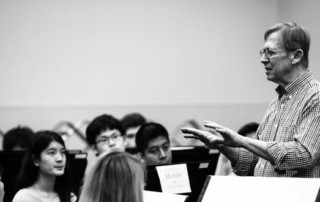Sonata for Alto Saxophone and Piano – Some Thoughts on Performance
David Maslanka wrote this in February 2013
A lot of work has been done over many years to evolve a controlled and “beautiful” saxophone tone. There is a need for this kind of tone in my music, but there is also the push to the extreme. I am drawn to saxophones because of their wide-ranging vocal quality, which feels like a real extension of the human voice. Saxophone sound can break the heart with its softness and tenderness, and completely overwhelm with its power. “Beauty” cannot be confined to a narrow box labeled “beautiful.” Beauty is in the rightness of the musical moment, and that rightness can be a piercing cry at fff.
I think the strong appealing element of the Sonata is that it feels like an intimate journey and story for two people. There is a very close relationship between the saxophone and the piano. The piano does support the soloist in the traditional sense, but also leads and pushes. Intimacy is the key word, but that doesn’t mean just soft and sweet. It encompasses the full range of dialogue and emotions between two people. When this is established between the two players, the audience is immediately drawn in.
Fundamental issues in good music performance never change: careful attention to tempos, dynamics, articulations, and balances. If these things are carefully attended to, then 90% of the problem of what is called “interpretation” is solved.
First movement
m. 62: same tempo Q=90-96, no backing down; the ff is wild. […]
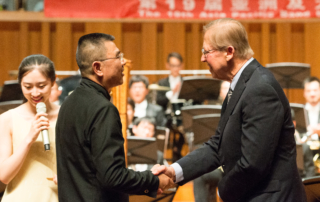
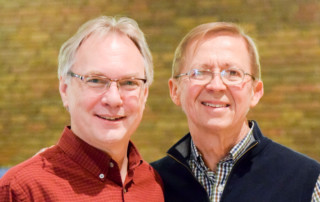
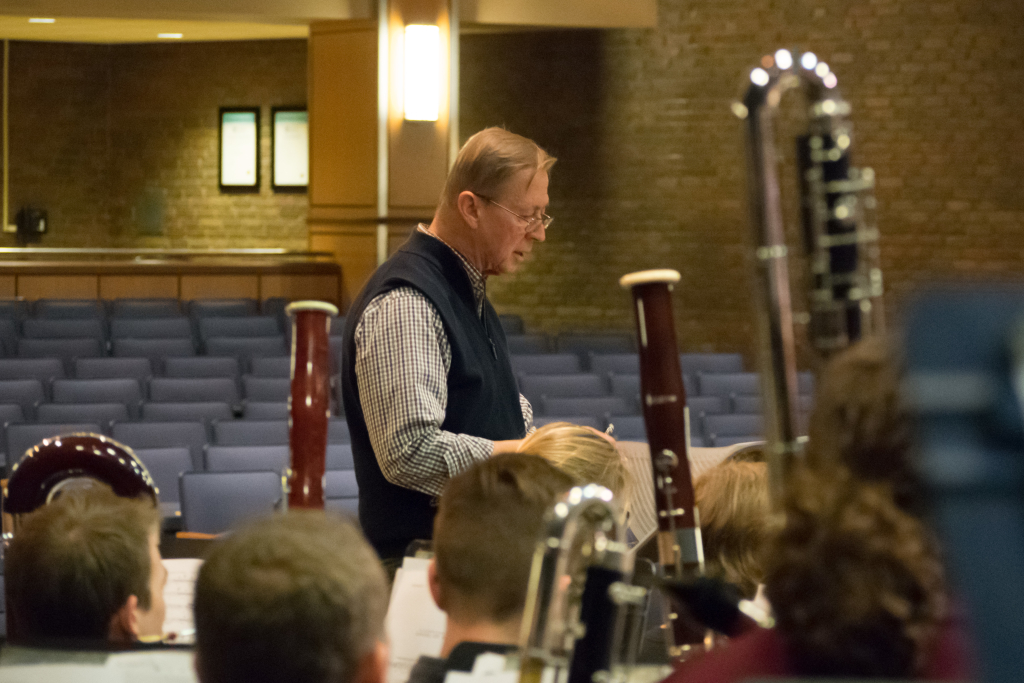 Rehearsing Angel of Mercy with the St. Olaf Band and Dr. Tim Mahr in Montvale, NJ
Rehearsing Angel of Mercy with the St. Olaf Band and Dr. Tim Mahr in Montvale, NJ 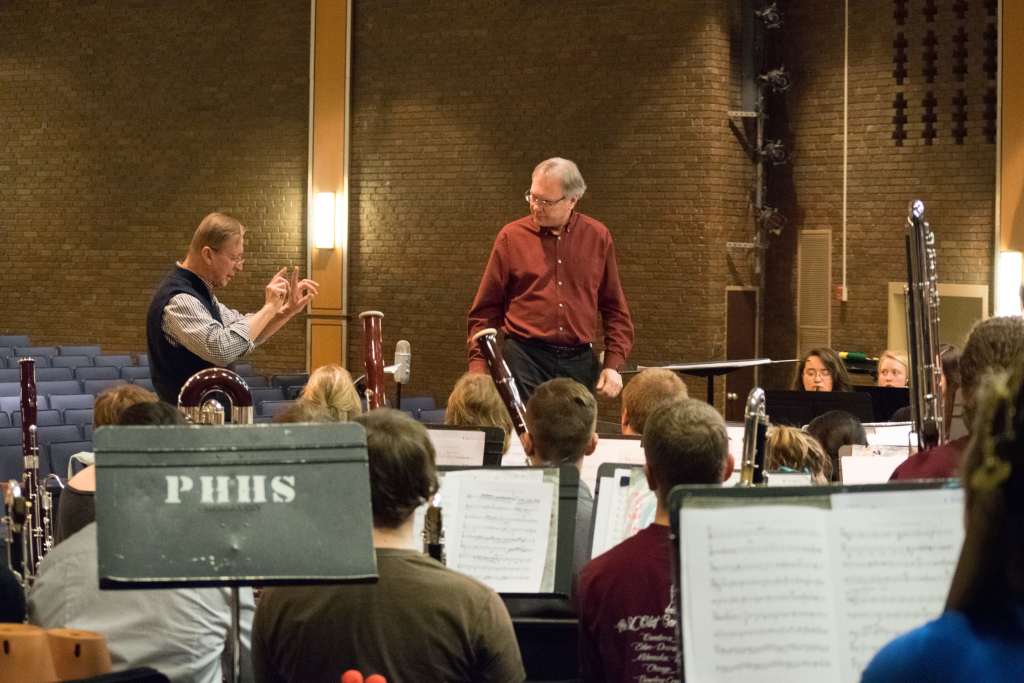 Rehearsing Angel of Mercy with the St. Olaf Band and Dr. Tim Mahr in Montvale, NJ
Rehearsing Angel of Mercy with the St. Olaf Band and Dr. Tim Mahr in Montvale, NJ 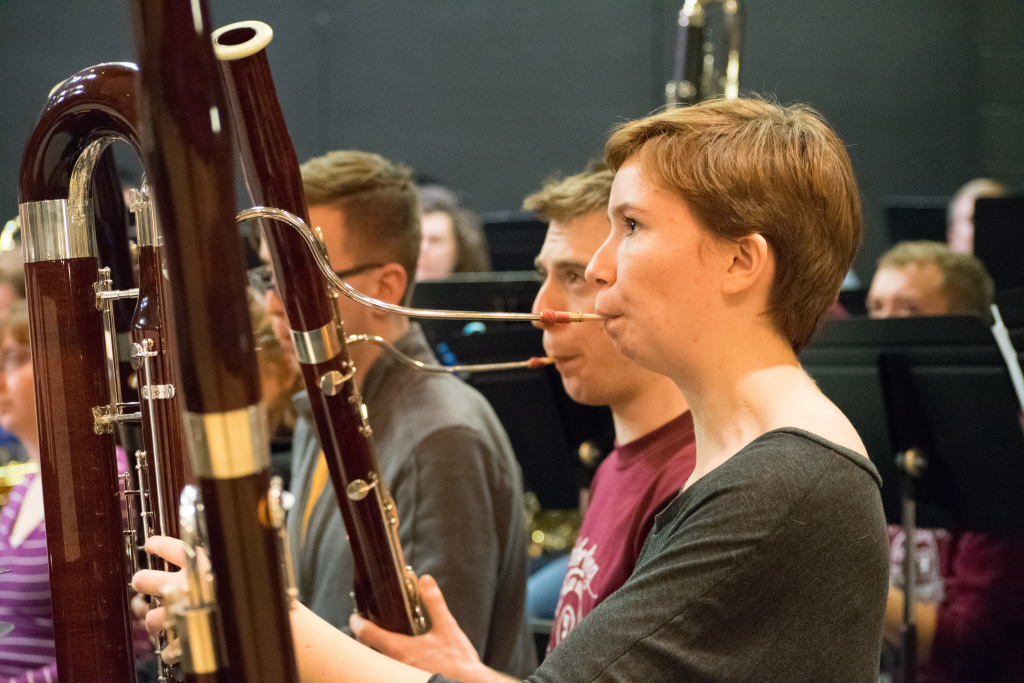 The St. Olaf Band bassoons: (Left to Right) Joshua Kosberg, Colin Scheibner, Eliza Madden. The bassoons open Angel of Mercy with a gorgeous soli chorale.
The St. Olaf Band bassoons: (Left to Right) Joshua Kosberg, Colin Scheibner, Eliza Madden. The bassoons open Angel of Mercy with a gorgeous soli chorale. 